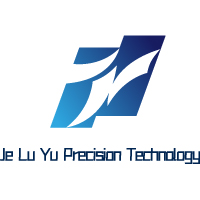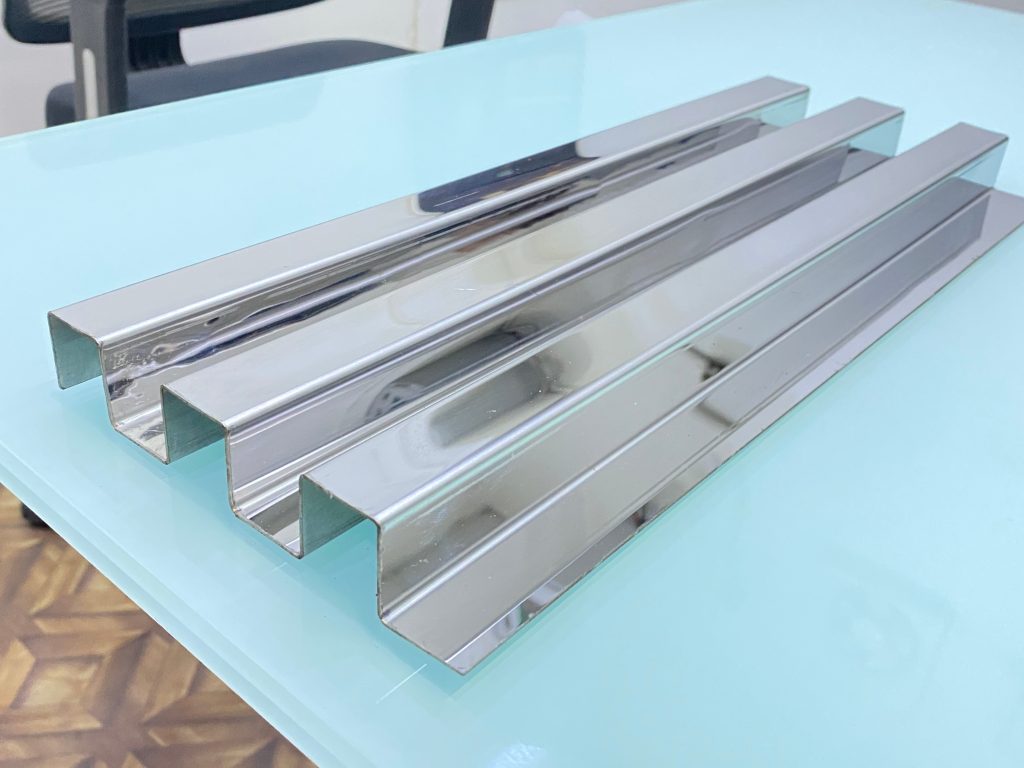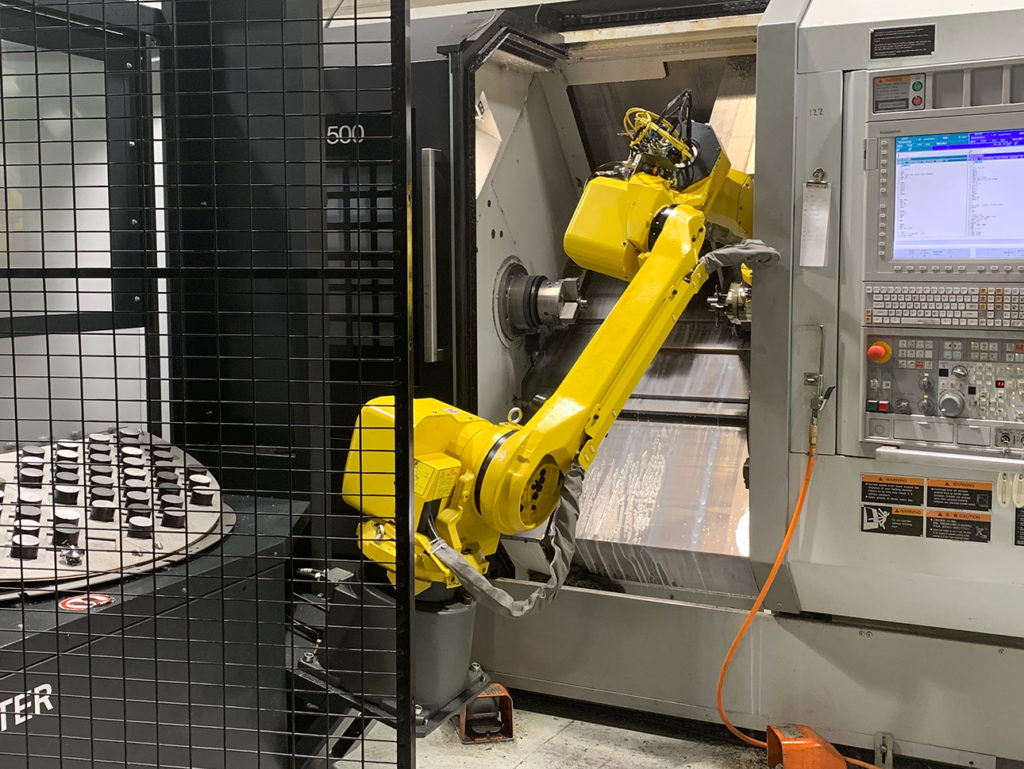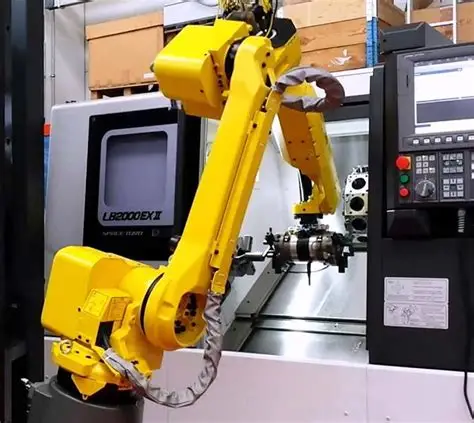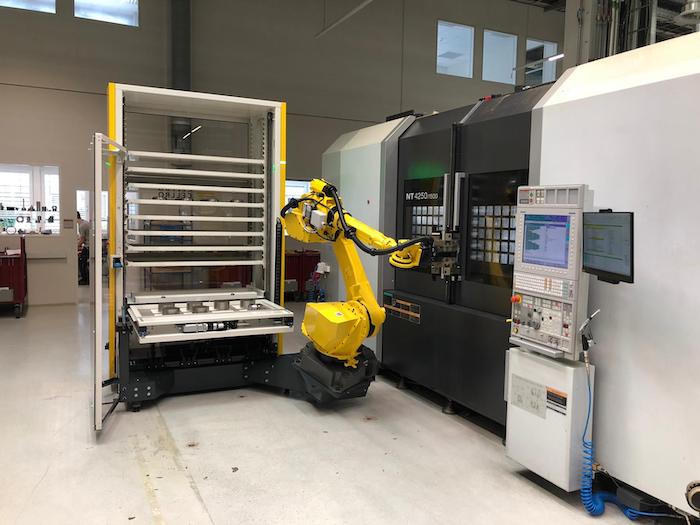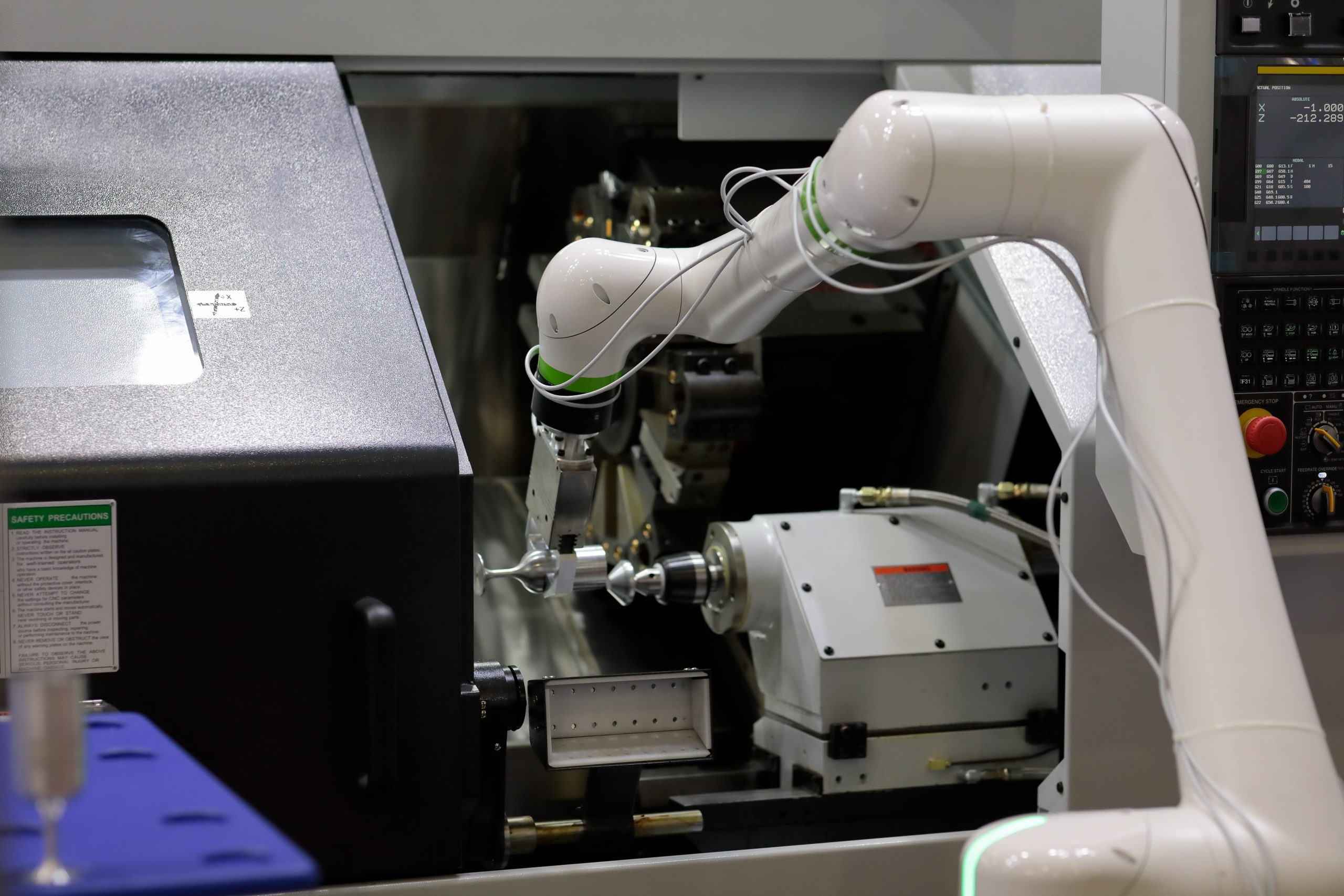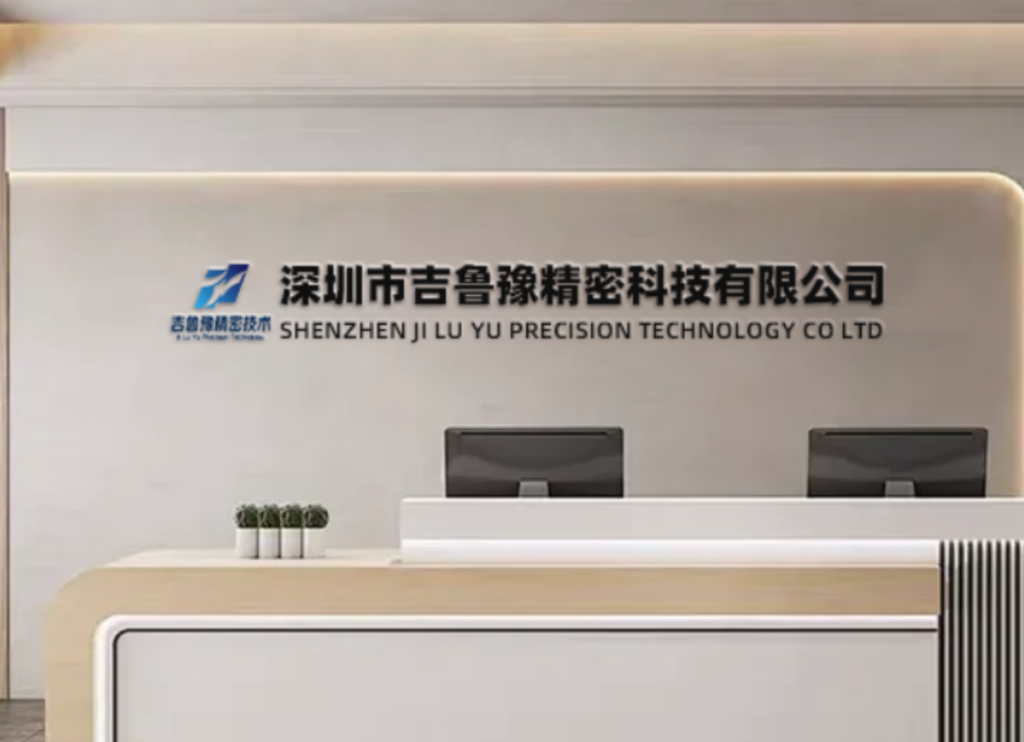The Science Behind PVD Surface Finishing Technology
1. PVD Technology Process Parameters
StageParameterTypical RangeControl MethodImpact on QualityCleaningPlasma Power200-500WRF GeneratorSurface activationDepositionBase Pressure1×10⁻⁶ mbarTurbomolecular PumpCoating purityCoatingBias Voltage50-200VPulsed DCAdhesion strengthCoolingArgon Flow50-200 sccmMass Flow ControllerStress reduction
2. Industry-Specific PVD Surface Finishing Solutions
Automotive Sector
ComponentPVD CoatingThicknessHardnessKey BenefitPiston RingsCrN3-5μm2200HV60% wear reductionTurbochargerTiAlN5-8μm3200HV800°C stabilityABS SensorsDLC1-2μm3500HVEMI shielding
Medical Applications
DeviceCoatingSpecial PropertyComplianceOrthopedic ImplantsTiO₂Bone integrationISO 13485Surgical ScalpelsZrNAntimicrobialFDA 510(k)Dental ImplantsTaNX-ray visibilityCE Marking
Industrial Tooling
Tool TypePVD SolutionImprovementTesting StandardEnd MillsAlTiN/TiN10x lifespanISO 3685Injection MoldsCrN85% sticking reductionASTM D3359Gear CuttersWC/C55% friction decreaseDIN 50324
3. Case Study Highlights
Case 1: Aerospace Turbine Blade Protection
- Client: European aircraft manufacturer
- Challenge: Needed thermal barrier coating for 900°C operation
- Solution: Graded TiAlN/AlCrN multilayer coating
- Results: Achieved 15,000 flight hours, passed EASA certification
Case 2: Medical Implant Surface Treatment
- Client: US orthopedic company
- Challenge: Required bioactive coating for titanium implants
- Solution: Nanotextured TiO₂ with controlled porosity
- Results: 92% bone integration rate, FDA approval obtained
Case 3: Automotive Transmission Enhancement
- Client: Japanese auto parts supplier
- Challenge: Needed durable coating for CVT components
- Solution: Hybrid CrN+MoS₂ coating system
- Results: 400,000 km durability, 45% friction reduction
4. Our PVD Surface Finishing Process
Stage 1: Advanced Substrate Preparation
- 5-axis ultrasonic cleaning (3-stage)
- Argon plasma etching (200-500W)
- Surface roughness optimization (Ra <0.1μm)
Stage 2: Precision Coating Deposition
- HIPIMS technology (High-power impulse magnetron sputtering)
- Computer-controlled layer-by-layer deposition
- Real-time optical emission monitoring
Stage 3: Comprehensive Quality Control
- Scratch testing (ISO 20502)
- XRD phase analysis (Bruker D8 Advance)
- Accelerated aging tests (per ASTM B117)
For custom PVD surface finishing solutions, contact our engineers at [email protected].
